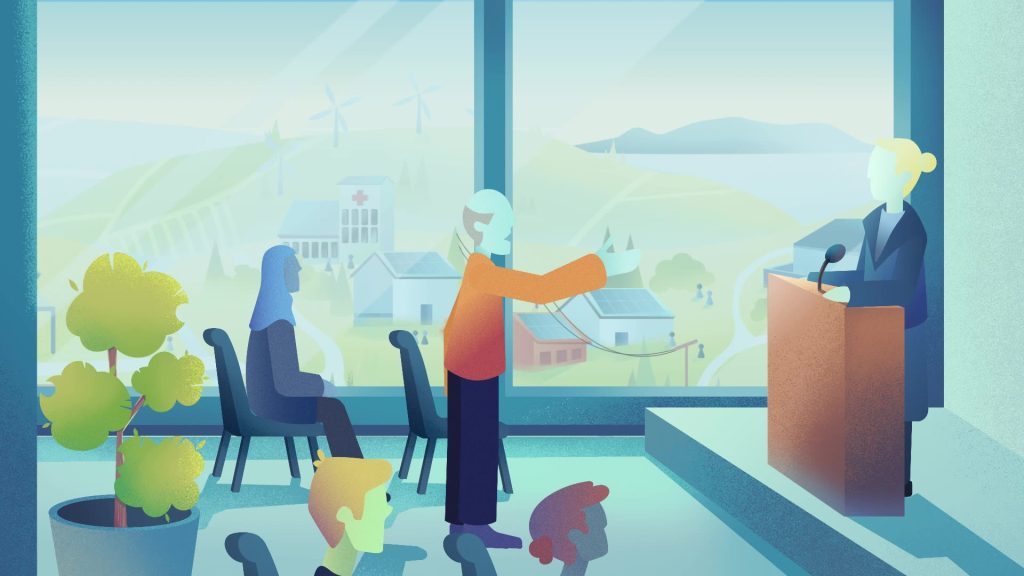
Theme leads:
Summary:
In CAST Theme 2: Learning, we are continuing to explore historic experiences of and new opportunities for transformational change, as we did in our first five years of research.
We focus on understanding the process of change – what drives it and what holds it back – using insights from multiple disciplines.
Theme 2’s work complements the present – and future-oriented work of Theme 1 and provides the foundations for the experimental and action-oriented work of Themes 3 and 4.
The core aims of Theme 2 are:
- Explore the drivers of and barriers of transformations.
- Identify present day opportunities for achieving change.
Projects we’re currently working on:
- Learning from government-led transformations
- Transformations: transferring learning across contexts
